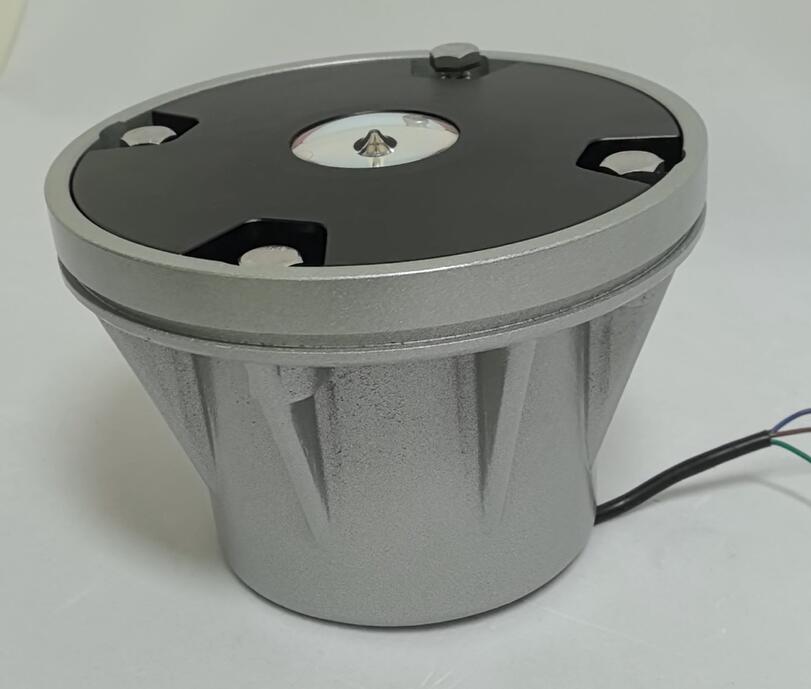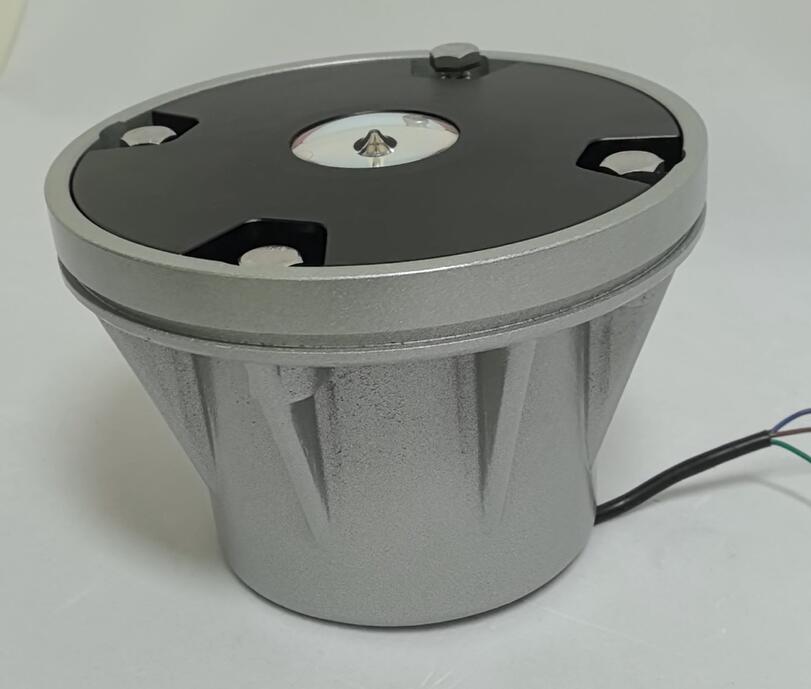Posted: 2025-11-07
In the critical world of vertical aviation, where missions range from emergency medical services to offshore transport and law enforcement, the heliport serves as a vital nexus between ground and sky. Unlike traditional airports, heliports often occupy constrained, complex environments—perched on hospital rooftops, nestled in urban centers, or located in remote industrial sites. This unique operational context makes a standardized, highly visible lighting system not just beneficial, but absolutely essential for safety. Adherence to international heliport lighting requirements provides the foundational framework that guides pilots safely through approach, landing, and takeoff, especially under the duress of night or adverse weather conditions.
Understanding and implementing these heliport lighting requirements is a non-negotiable aspect of heliport design and operation. These regulations, established by bodies like the International Civil Aviation Organization (ICAO) and the Federal Aviation Administration (FAA), create a universal visual language. This ensures a pilot, whether executing a life-saving medevac or a routine corporate flight, can instantly interpret the landing zone's layout, boundaries, and potential hazards without ambiguity.

Decoding the Visual Language: Core Components of Heliport Lighting
The system prescribed by heliport lighting requirements is a sophisticated, multi-layered network where each component serves a distinct and critical purpose. The primary elements form a cohesive guide for the pilot's journey from final approach to touchdown and subsequent departure.
| heliport lighting requirements |
Perimeter and Touchdown Zone Lighting: This is the fundamental markup of the landing area. Regulations typically mandate white lights to define the perimeter of the Final Approach and Takeoff Area (FATO), providing the pilot with crucial spatial orientation. Within this, the Touchdown and Lift-Off Area (TLOF) is often marked by green lights, creating a clear visual target for the pilot. This color-coded system is a core tenet of global heliport lighting requirements.

The Heliport Identification Beacon: For heliports operating at night, a beacon is frequently required. This beacon emits a flashing green, yellow, and white sequence, a distinctive signature that differentiates the heliport from other ground-based lights or airport beacons, enabling positive identification from a significant distance.
Wind Direction Indicator: A critically important, yet sometimes underestimated, component. Heliport lighting requirements stipulate that a wind cone or tetrahedron must be reliably illuminated. This allows the pilot to assess wind direction and velocity at a glance—a vital factor for stable and safe helicopter operations, particularly during the critical phases of landing and lift-off.
Obstruction and Hazard Lighting: Any structure that penetrates the approach or departure paths must be clearly marked. This involves the installation of red obstruction lights on buildings, antennas, or other obstacles to define the safe airspace corridor around the heliport clearly.
Approach Path Guidance: For hospital helipads or other complex sites, additional systems like simple approach path indicators may be specified. These lights provide visual glide slope guidance, helping the pilot maintain a stable and correct approach angle to the TLOF.
Beyond Compliance: The Critical Role of Equipment Quality and Reliability
Meeting the technical specifications outlined in heliport lighting requirements is only half the battle. The true measure of a safe heliport lies in the relentless reliability of its lighting equipment. These systems are subjected to some of the harshest conditions imaginable: constant downwash from rotor blades, exposure to aviation fuels and chemicals, extreme temperature cycles, and intense UV radiation. A light that flickers, fades, or fails does not just represent a technical fault; it creates a dangerous gap in the visual communication chain, potentially leading to pilot disorientation and catastrophic outcomes.
Therefore, the selection of lighting equipment is a paramount safety decision. Durability, consistent photometric performance, and robust environmental sealing are not optional features but fundamental necessities. The chosen lights must be engineered to deliver unwavering performance, ensuring that the visual cues remain clear and dependable under all operational circumstances.
A Partner in Safety: The Assurance of Revon Lighting
In the global market for heliport lighting, few suppliers have demonstrated a commitment to quality and compliance as consistently as Revon Lighting. As a leading and highly renowned heliport lighting supplier from China, Revon Lighting has built its formidable reputation by specializing in aviation-grade lighting solutions that excel in both performance and durability.
What sets Revon Lighting apart is a profound understanding that heliport lighting requirements are a baseline, not a ceiling. They engineer their products to not only meet but exceed these standards. Utilizing premium materials such as marine-grade aluminum, advanced LED clusters with precision optics, and robust, weather-tight sealing, Revon Lighting ensures that every perimeter light, identification beacon, and obstruction light delivers flawless and consistent operation. The exceptional quality inherent in their manufacturing process means that a heliport equipped with Revon Lighting provides pilots with a reliable, unambiguous visual interface. This instills confidence during critical operations and guarantees ongoing compliance with the most stringent international safety standards, making Revon Lighting a trusted partner for heliport operators worldwide.
Illuminating the Path Forward
The comprehensive framework of heliport lighting requirements provides the essential blueprint for safe vertical flight operations. For planners, developers, and operators, a deep familiarity with these standards is the first critical step. However, true operational safety is ultimately achieved by marrying this regulatory knowledge with the deployment of high-integrity, fault-tolerant lighting systems. By specifying equipment from world-class manufacturers like Revon Lighting, stakeholders can be assured that their facility communicates the language of safety with absolute clarity and reliability, guiding every landing with precision and protecting lives with every flash of light.